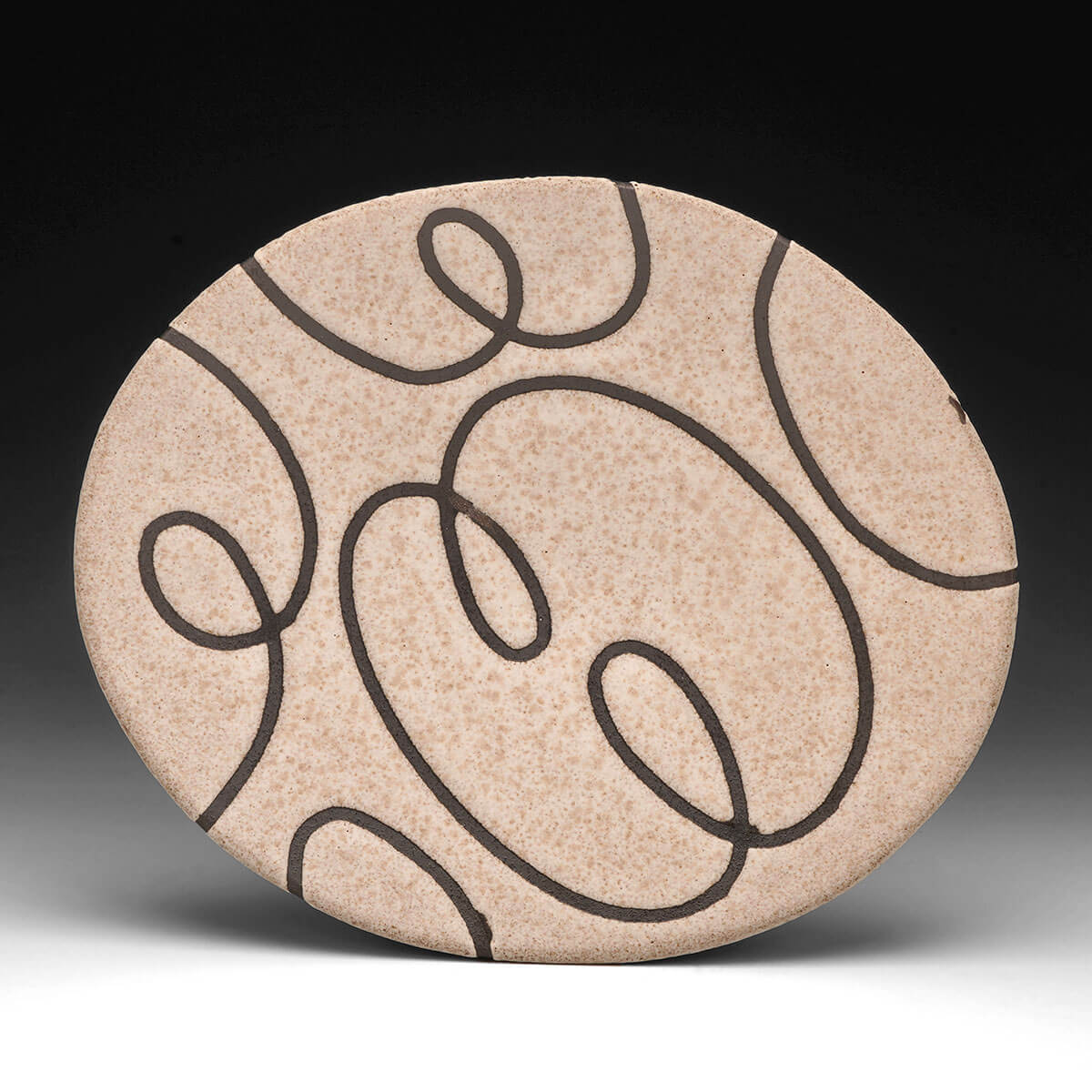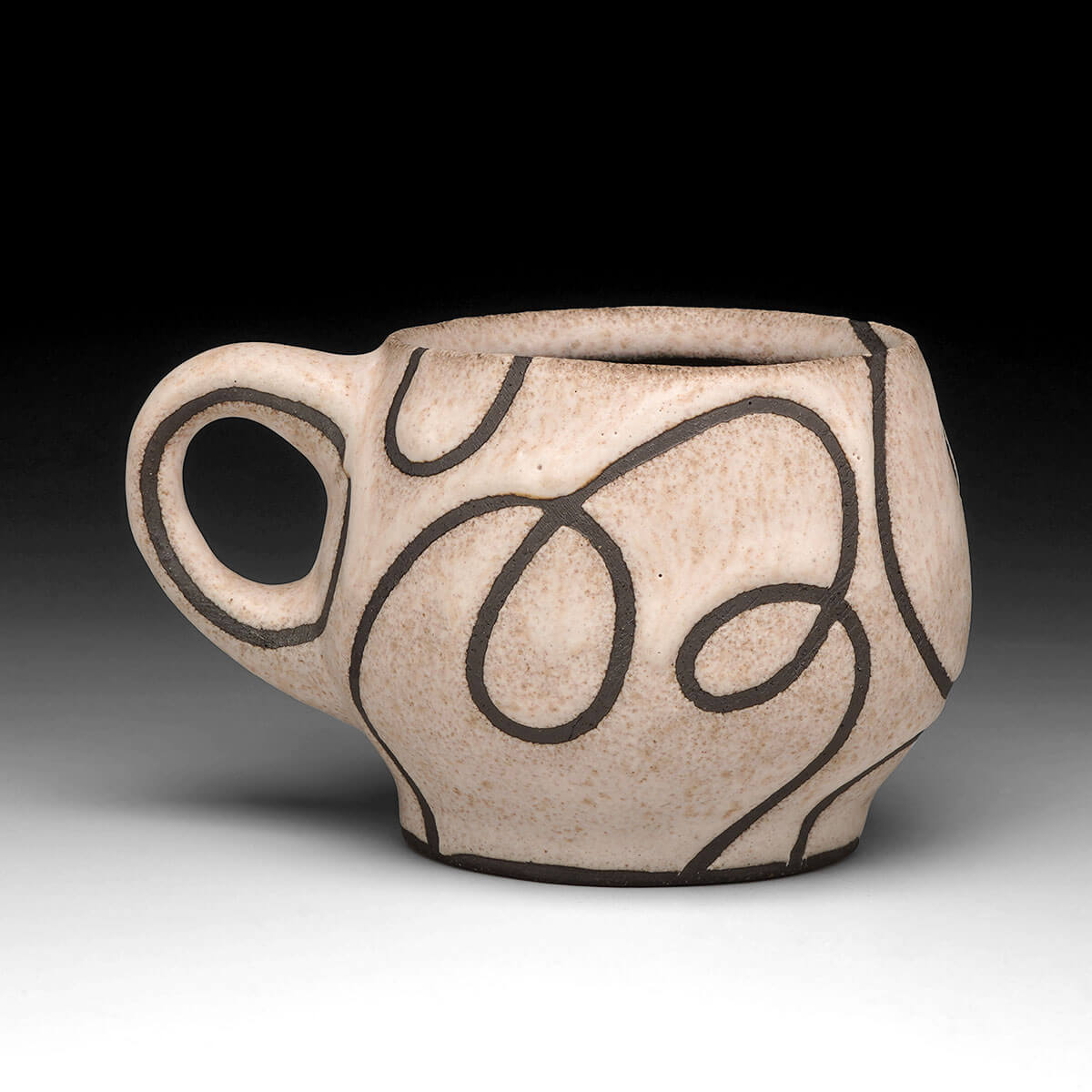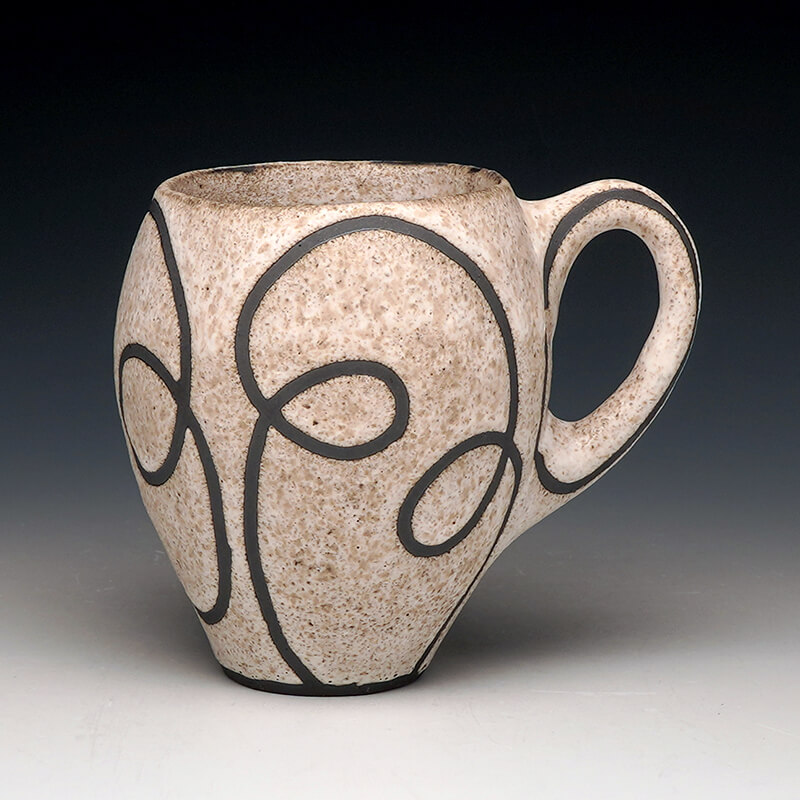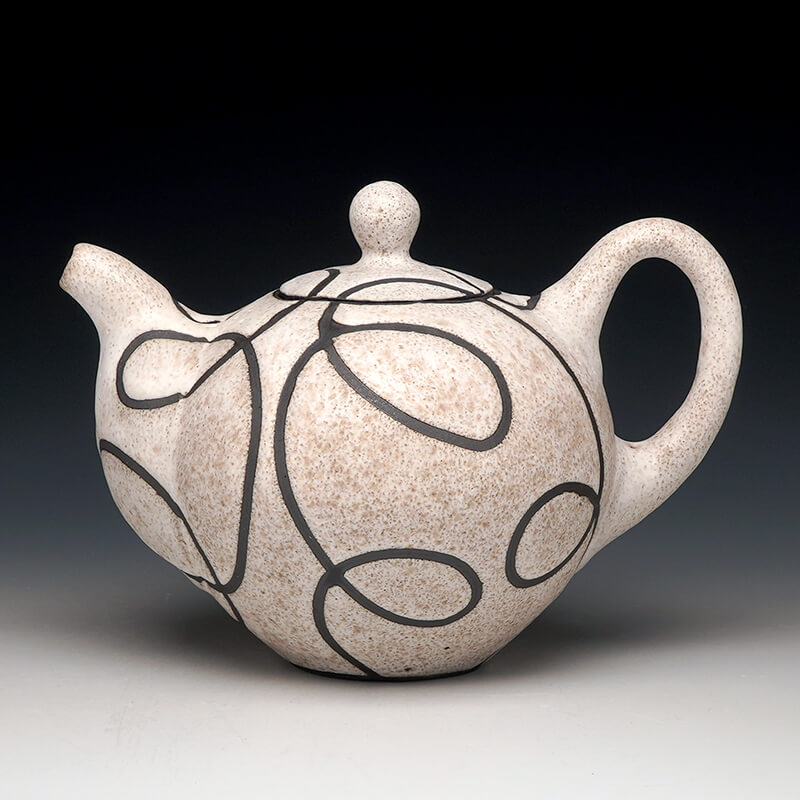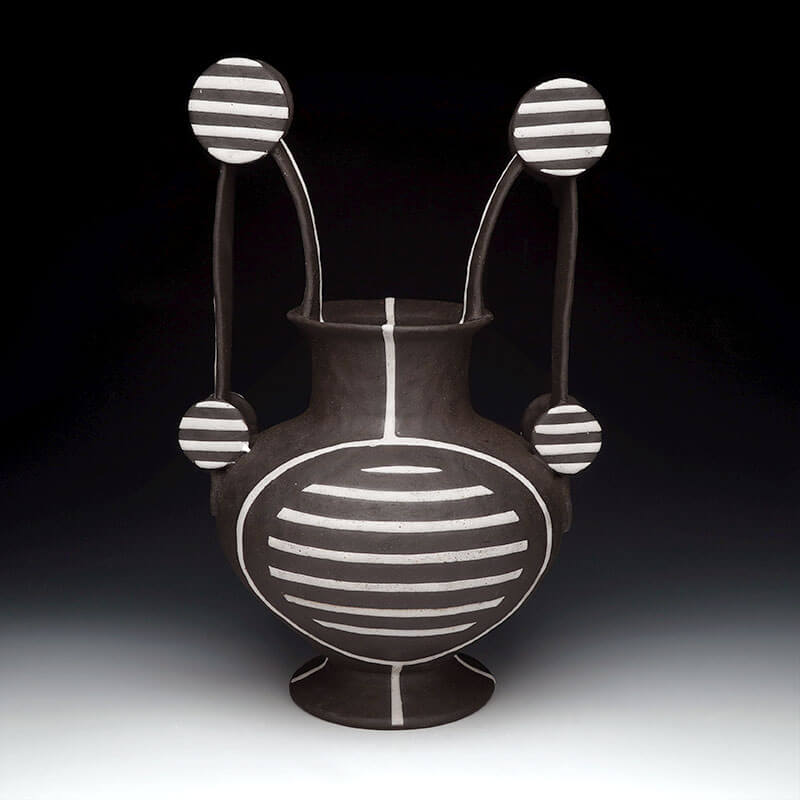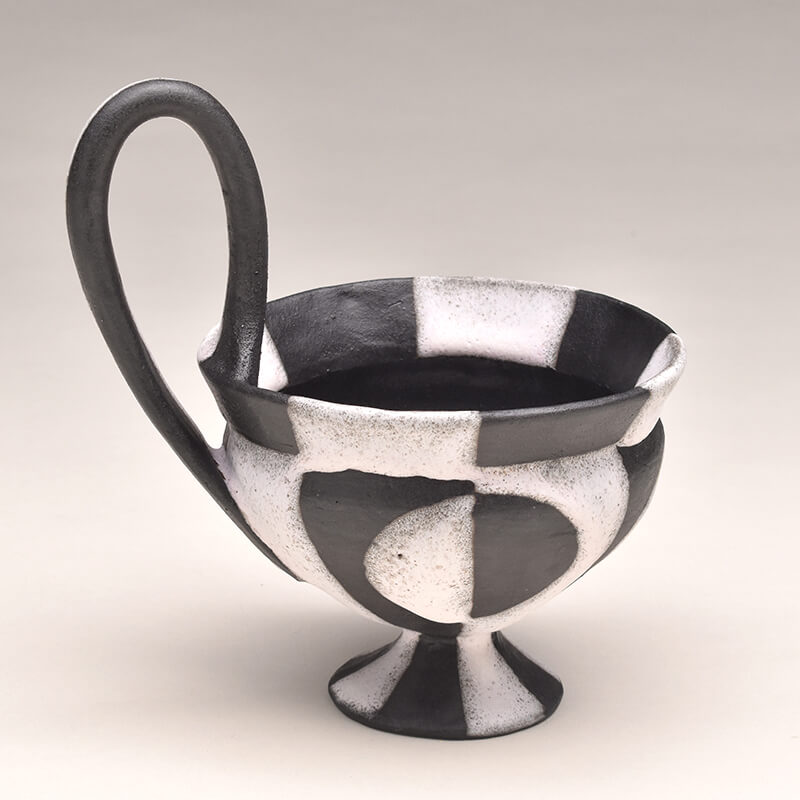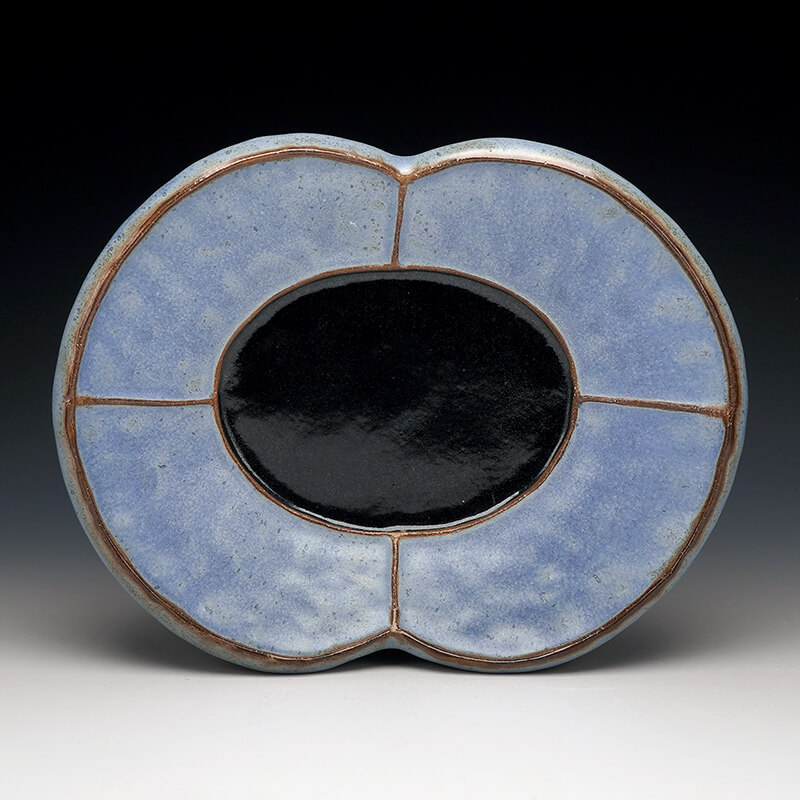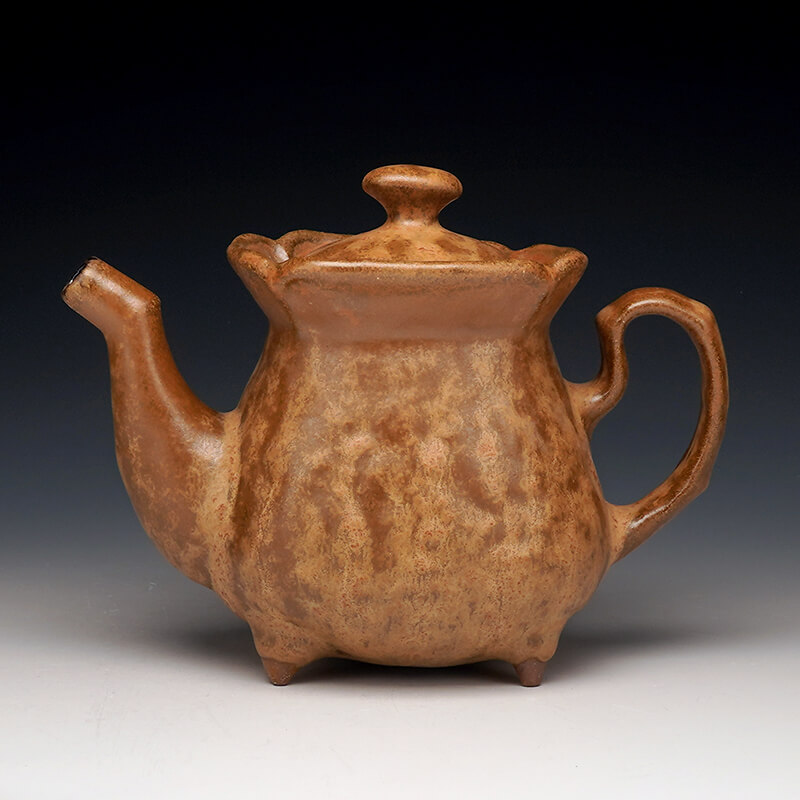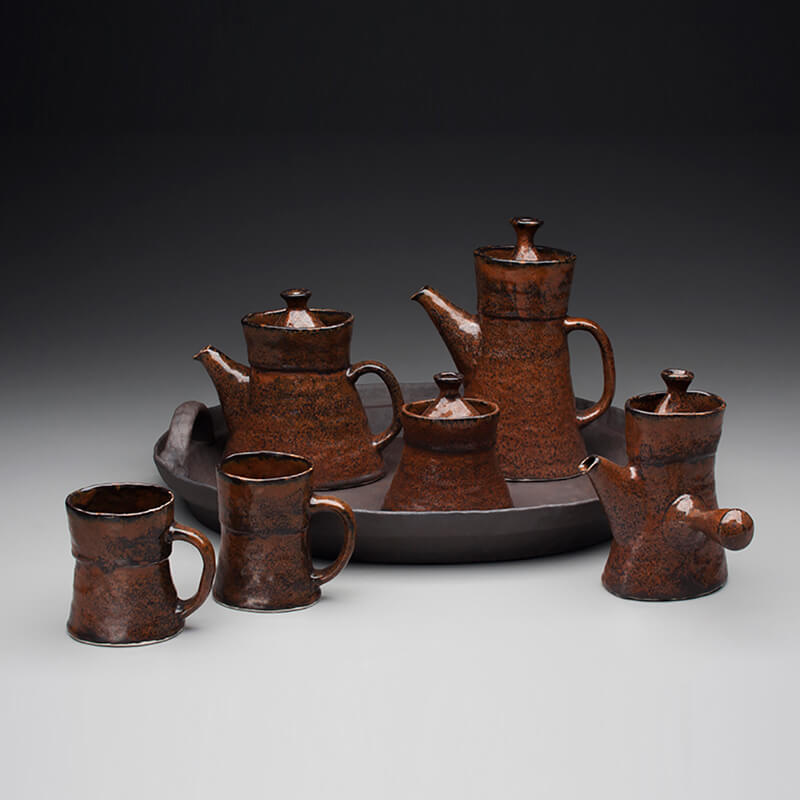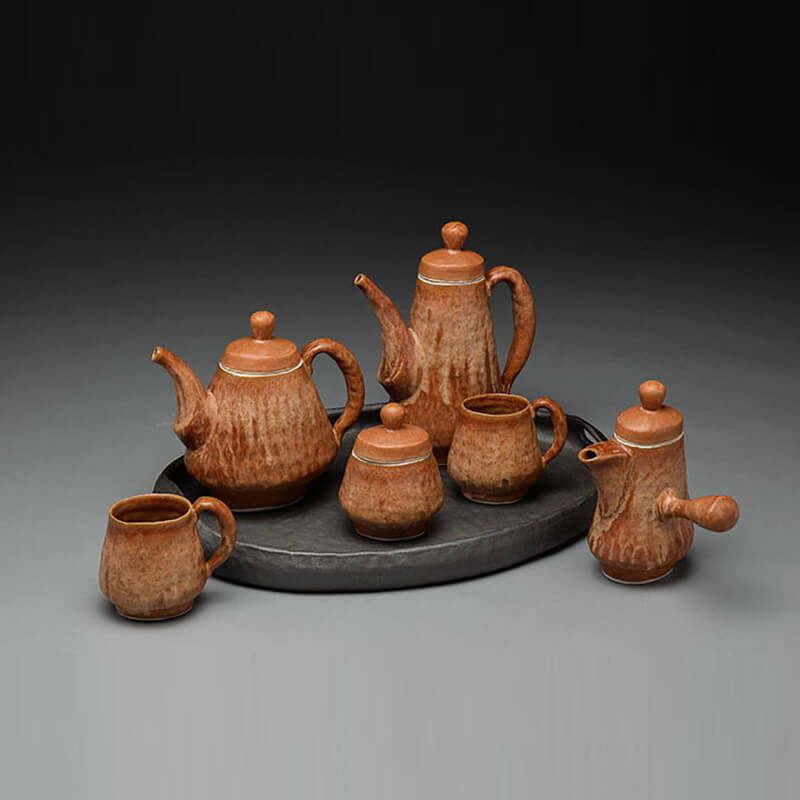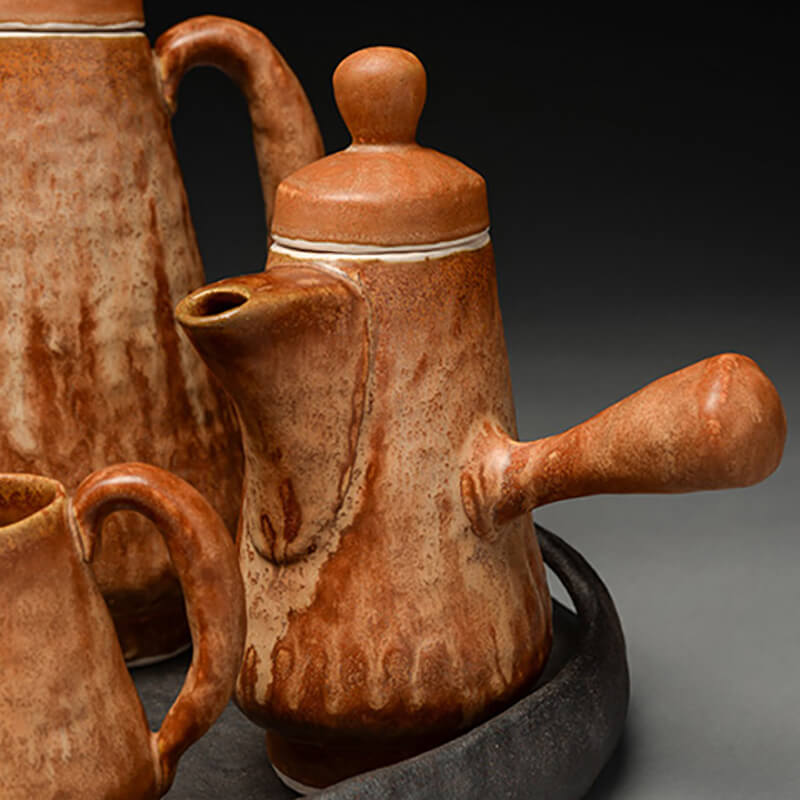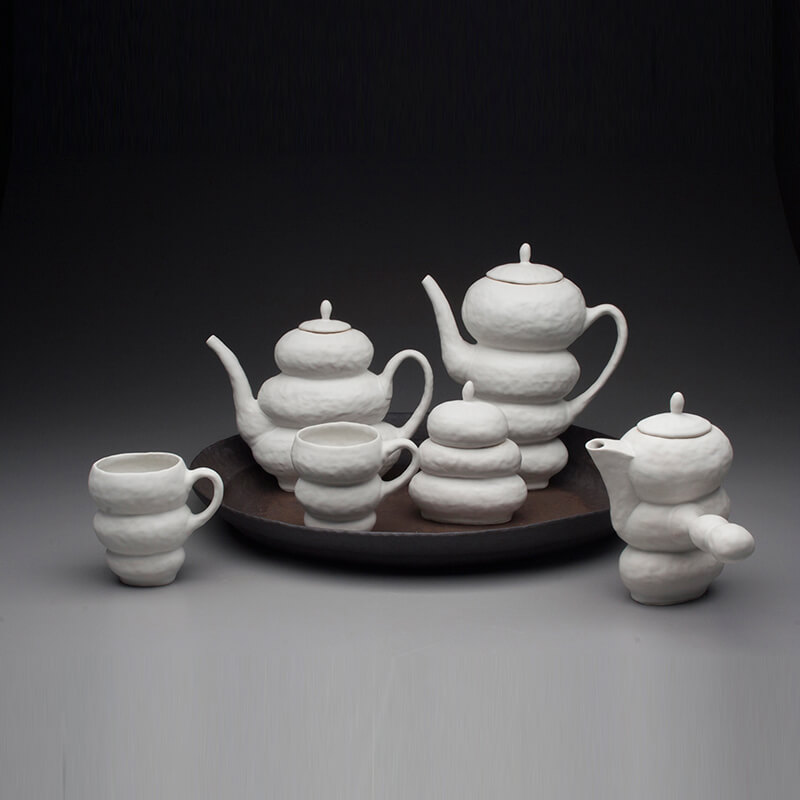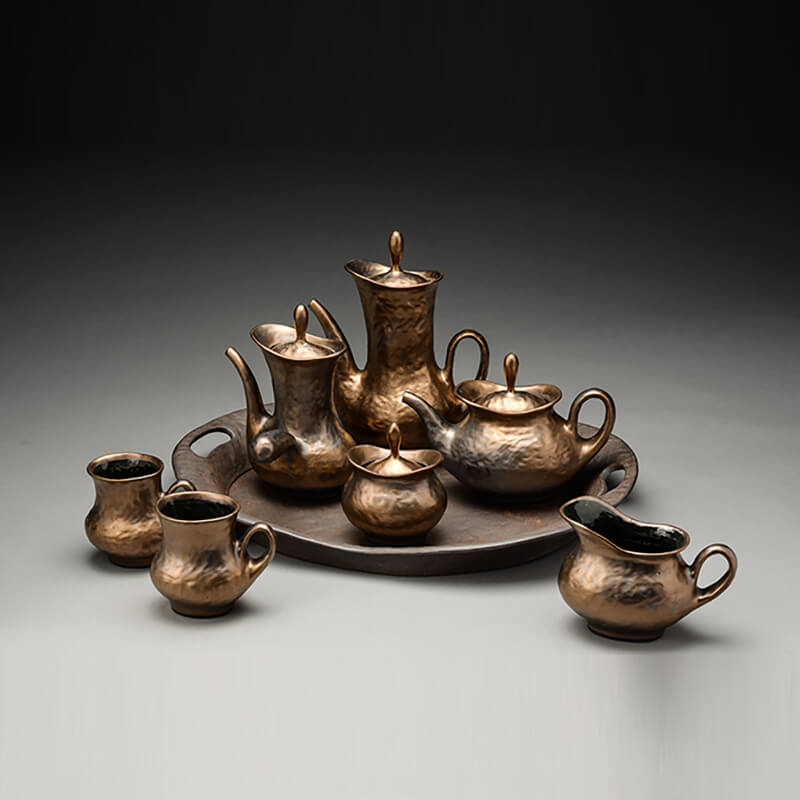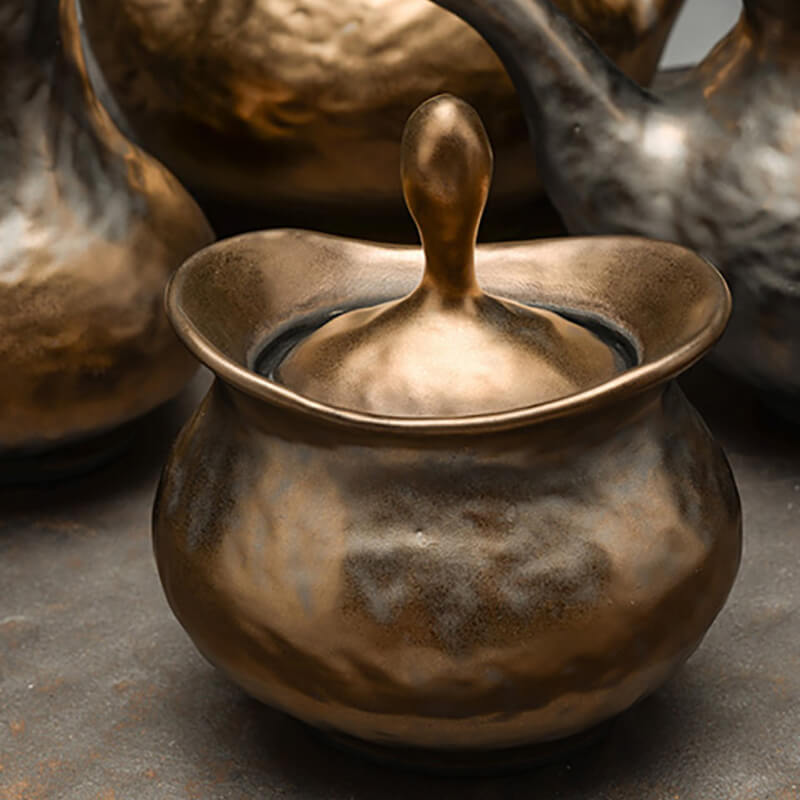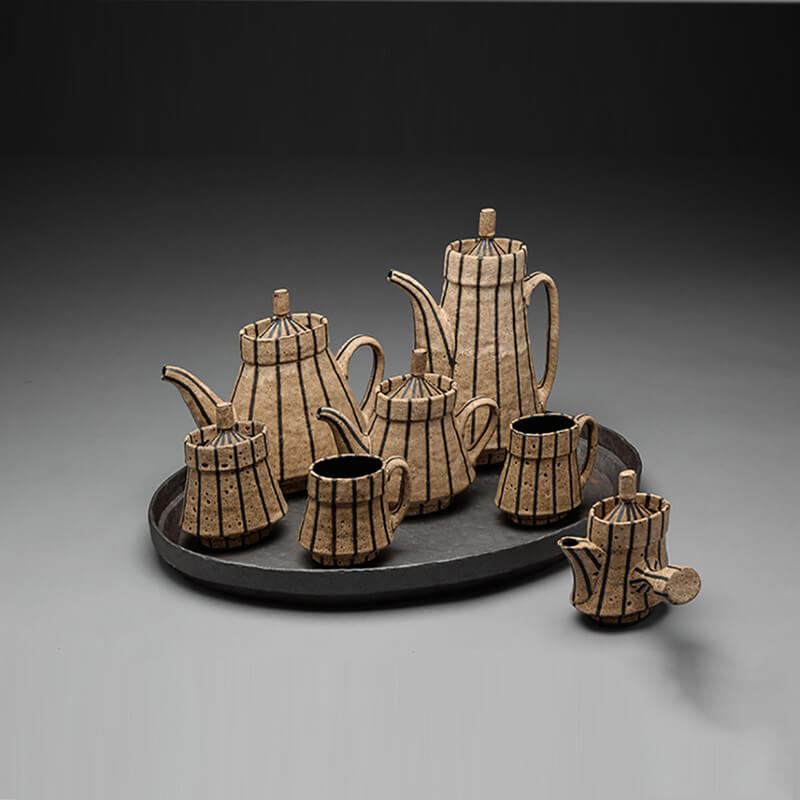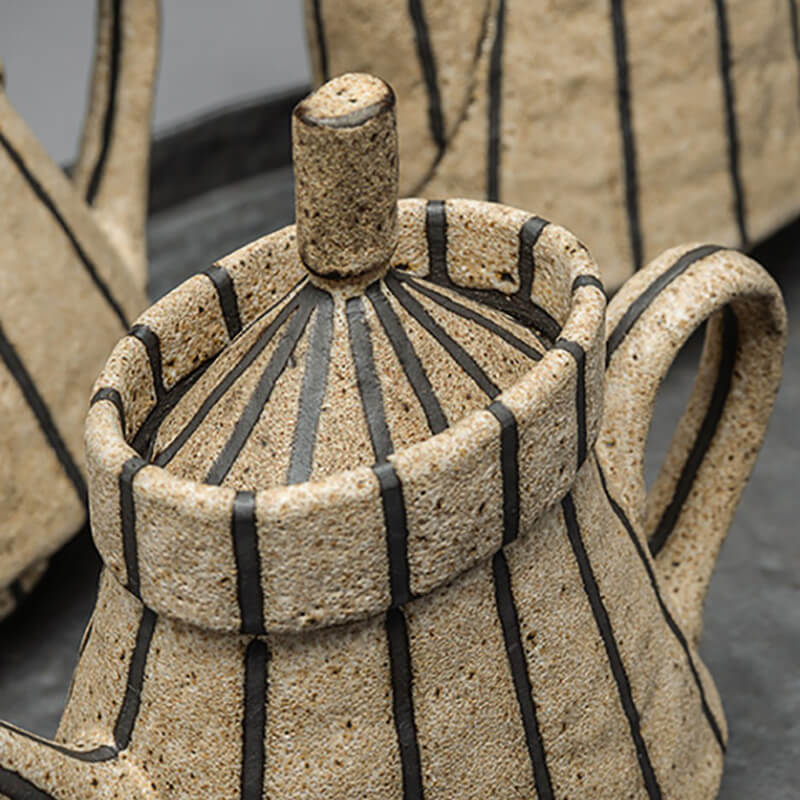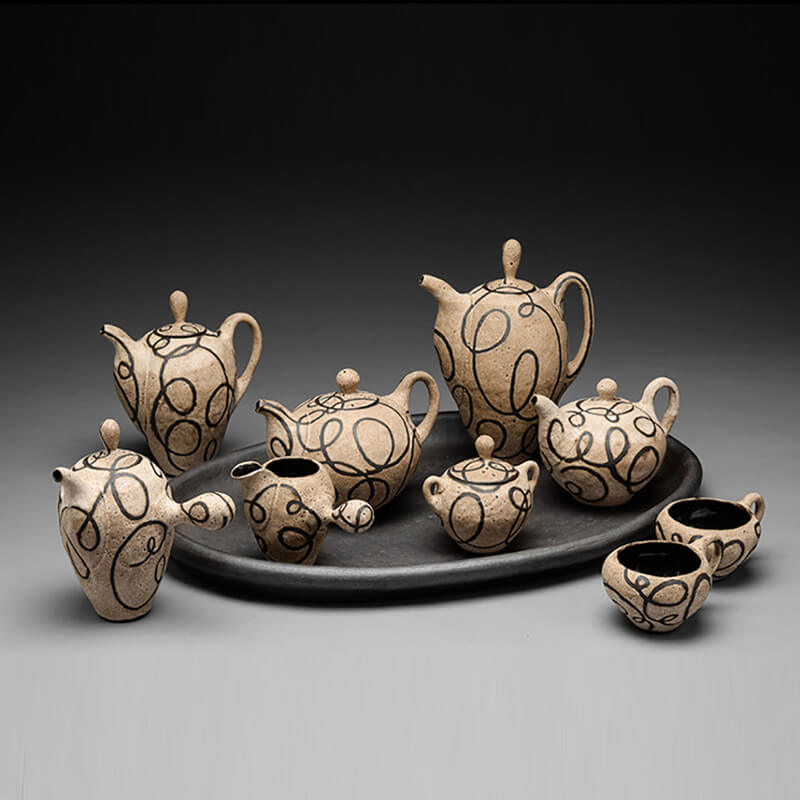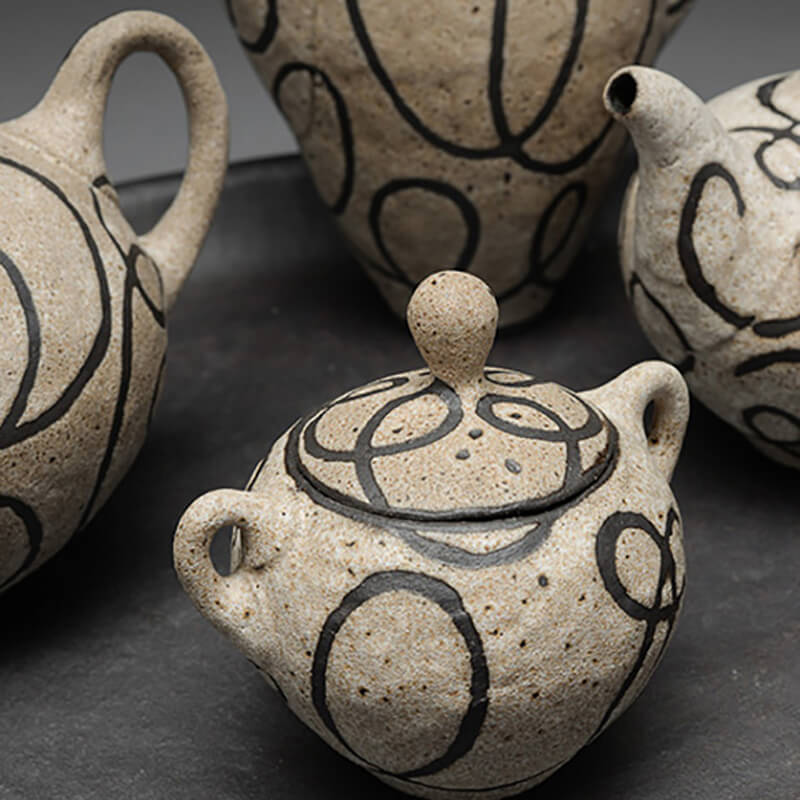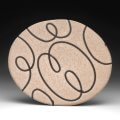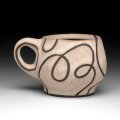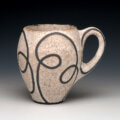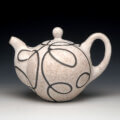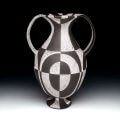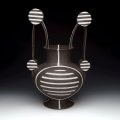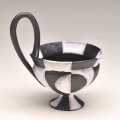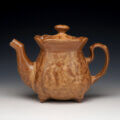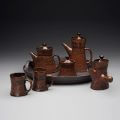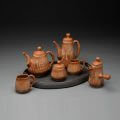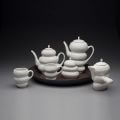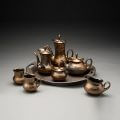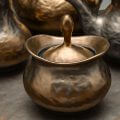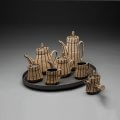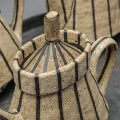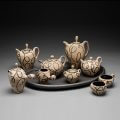
Red Lodge Clay Center – Short-Term Resident 2018, ASPN Mentor 2025
Margaret Bohls is an American potter and educator who makes hand-built pottery and vessels. Bohls has been teaching ceramics at the college level for thirty years and is currently Associate Professor of Art at the University of Nebraska – Lincoln. She has taught hands-on workshops at art centers such as Greenwich House Pottery in New York, Anderson Ranch Arts Center in Aspen, Colorado and Penland School of Crafts in North Carolina. Bohls’ work has been shown in over 100 group and solo exhibitions since 1995 and is included in the permanent collections of the Minnesota Museum of American Art, the American Museum of Ceramic Art (AMOCA), the Weisman Museum of Art, and the Everson Museum of Art. She has written articles for the Journal of the National Council for Education on Ceramic Arts and Pottery Making Illustrated, and her ceramic work has been featured in periodicals such as Ceramics Monthly and Studio Potter Magazine.
The pieces I create are visual and sculptural objects. I conceive of each body of work with a particular set of formal goals in mind. The contours, volumes, and surfaces of the objects I create compose a dimensional image. Volume is a key element in utilitarian forms as it defines the potential for containment. The visual evidence and the physical quality of this volume is important to the way my work communicates formally. I think of the outlines and edges of the work as drawn lines. I manipulate the softness, weight, and speed of these lines. Surfaces, whether they are visually complex or minimal, are created to respond to and enhance form.
When creating my work, I am engaging in a dialog with the existing vernacular of utilitarian forms. Each of us has an inherent understanding of functional forms that is embedded in our culture and which changes with time and place. I am both utilizing and questioning this slippery language of form and use in my pots. My formal choices, including the style and placement of spouts, handles and feet are based in my understanding and examination of this cultural vernacular. Thus, utility provides a particular form of communication between myself and my audience.
My understanding of this language of forms comes from my study of historical ceramics and the decorative arts. My work owes allegiance to no particular historical tradition. Rather I find the influences and relationships between objects and makers from different cultures and time periods is what fascinates me. Each pottery form carries a particular cultural and historical text that is part of that dialogue. Many of these objects are sources for my work. Most recently I have been studying Modernist era European tea and coffee sets, and earthenware vessels from the ancient civilizations of the Italian peninsula, including the Etruscans.

